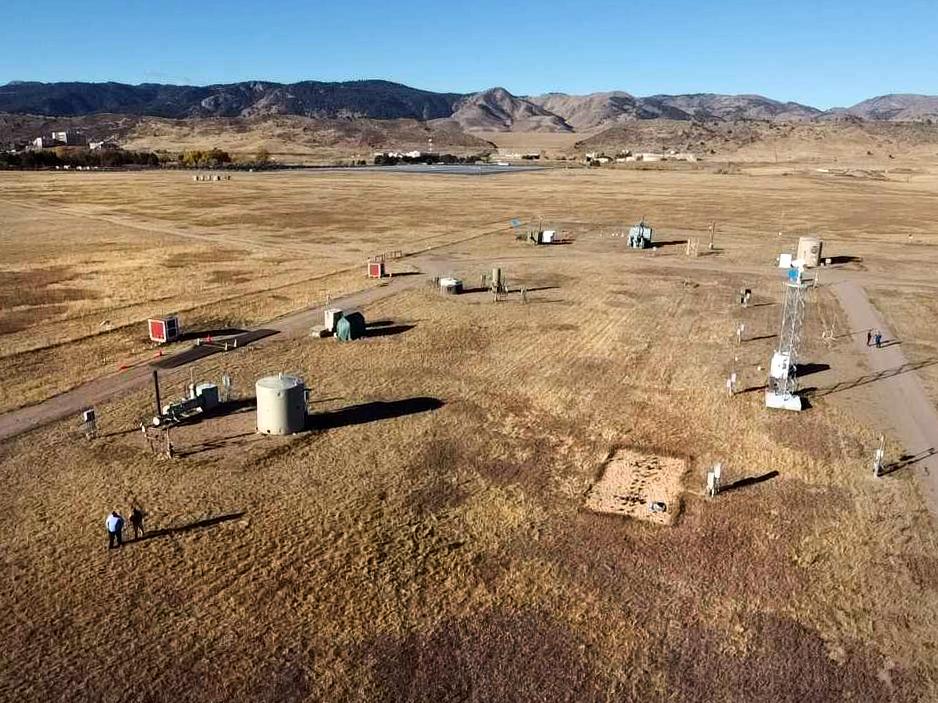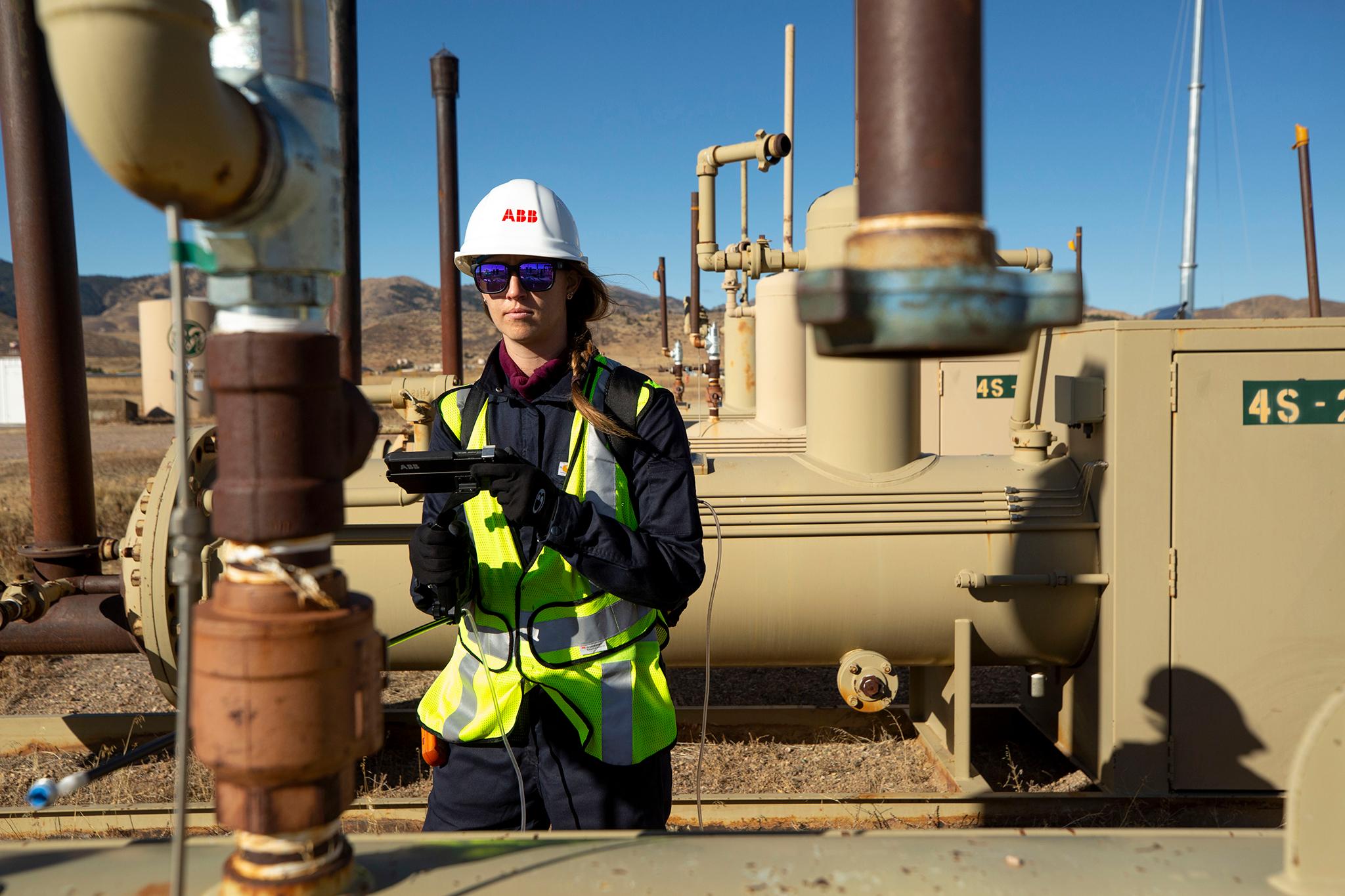
Dan Zimmerle, an energy researcher at Colorado State University, watched a drone take off in the Fort Collins foothills on a recent morning.
It flew through what looks like one of the thousands of oil and gas sites scattered across Colorado. An operator steered the machine around storage tanks and valves, letting it hover so sensors could find any escaped gases. Data fed back to the ground suggested the equipment was full of invisible leaks.
In reality, those “leaks” had come from a set of computer-controlled tanks. Zimmerle explained the site wasn’t a faulty oil and gas operation but an outdoor laboratory designed to mimic one. Private companies then pay for the chance to test their gas-sniffing tech at the site, which he manages for CSU.
“I like to call it Hollywood well pads,” Zimmerle said. “It’s all fake, just like Hollywood.”
The laboratory, known as the Methane Emissions Technology Evaluation Center, is now at the core of a critical industry for tackling climate change.
Besides being the main ingredient in natural gas, methane packs 80 times more heat-trapping power than carbon dioxide over two decades. It also disappears in years rather than centuries. That’s why scientists agree a methane crackdown could be one of the most effective strategies to slow rising global temperatures.
The oil and gas sector could have an easier time with the task than other major methane sources, like feedlots or landfills. Since fixing leaks preserves one of the industry’s main products, a recent United Nations assessment concluded it could tackle most of the problem at little to no cost.
The Biden Administration has been crafting a plan to strengthen U.S. methane rules for months. To do it, his administration appears likely to take a page from Colorado.
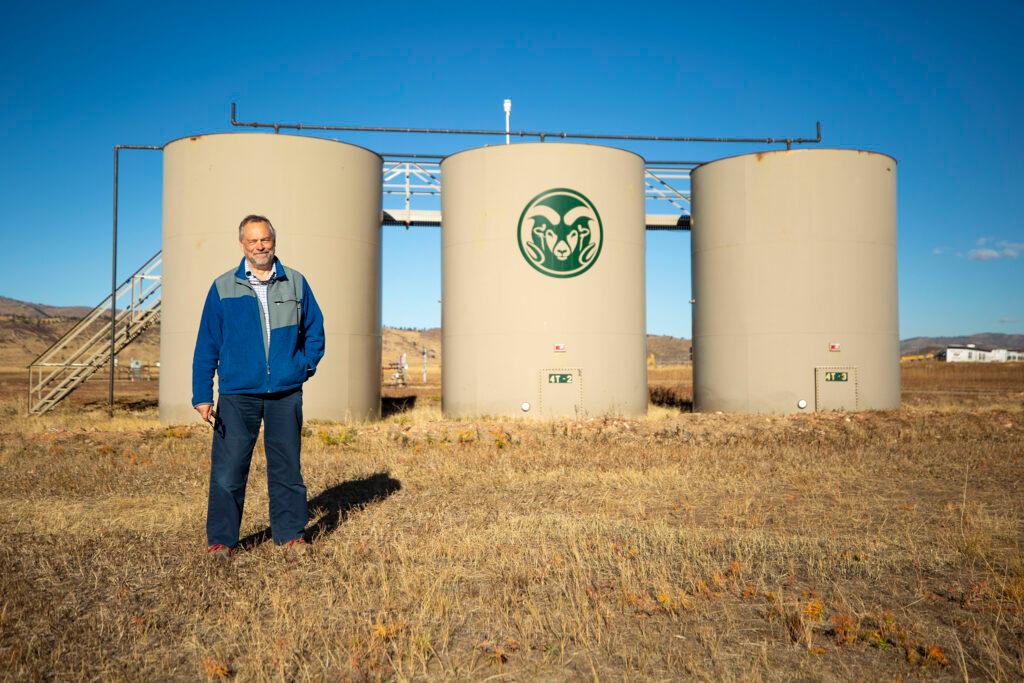
Going first on methane
In 2014, Colorado became the first state in the country to regulate methane from the oil and gas industry. It’s implemented stricter rules since then. All companies must now check wells and transmission lines for leaks twice a year. The state has also required new valves to reduce overall emissions and banned methane flaring.
Federal regulations have taken a less linear path. The U.S. Environmental Protection Agency required new oil and gas sites to detect and fix methane leaks in 2016, but the Trump Administration rolled back the rules four years later. President Biden earlier this year signed a bill reinstating the initial set of rules.
The EPA has since spent months crafting an even stricter set of regulations. Andrew Bare, a spokesperson for Colorado’s Air Pollution Control Division, confirmed state regulators have been speaking to their federal counterparts about “ways to strengthen” a new set of potential rules. Democrats in the state’s congressional delegation have also pushed the Biden Administration to follow Colorado’s lead.
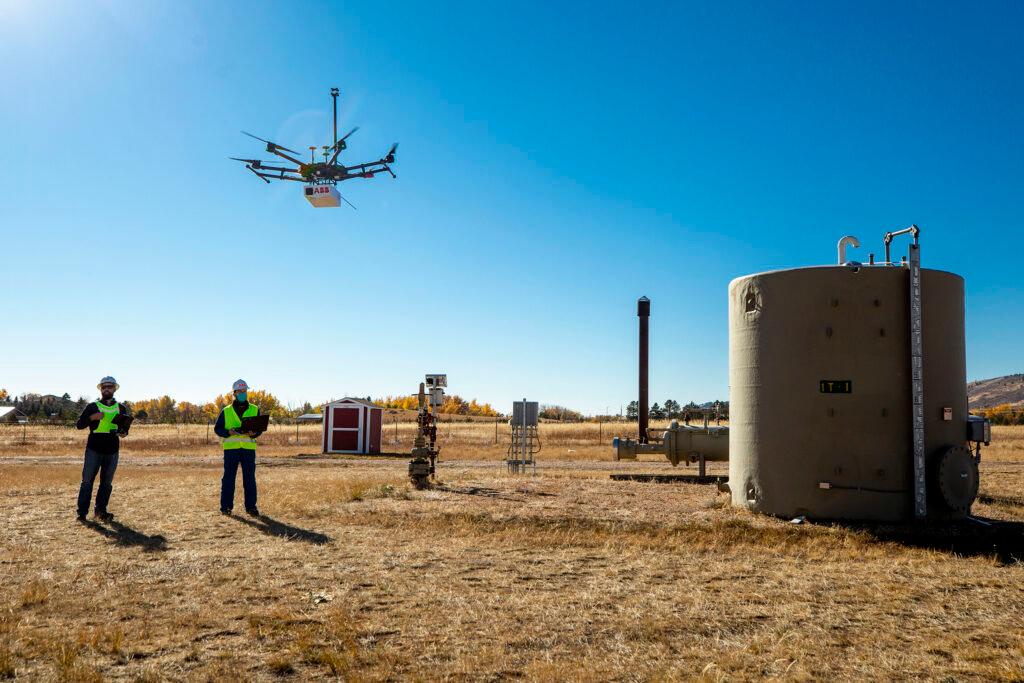
The administration is expected to announce a final version this week as the president attends the COP26 climate conference in Scotland.
Jon Goldstein, a policy director with the Environmental Defense Fund, said Colorado’s regulations show an aggressive approach could drive, not hinder, economic growth. His group recently completed a survey of companies involved in methane mitigation. It found the industry had 50 employee locations in Colorado — the third most of any state.
“We have a really great example of how these rules have not led to the end of an industry but really to the beginning of a new one,” Goldstein said.
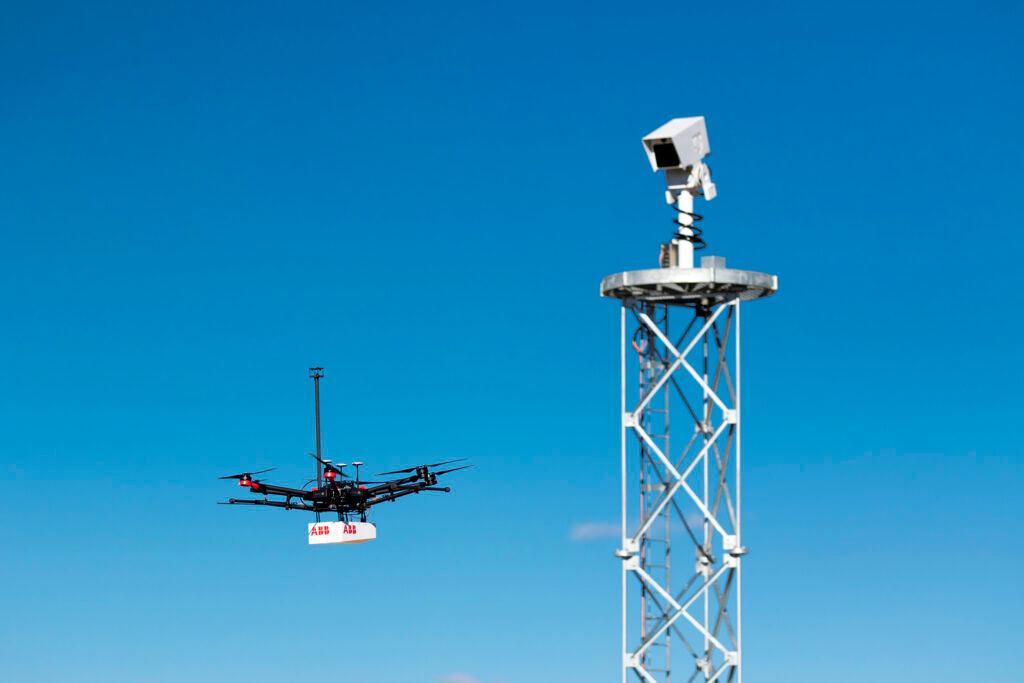
Colorado’s methane efforts have also drawn support from parts of the oil and gas industry itself. In an emailed statement, Dan Haley, the president and CEO of the Colorado Oil and Gas Association, said the state now produces “some of the cleanest oil and natural gas molecules in the world.”
To learn from the state, he said the EPA shouldn’t adopt a one-size-fits-all approach.
“Rules must allow for new technology, new approaches, and spur companies to innovate. That only occurs if companies are given a seat at the table and afforded a stable framework within which they can operate,” Haley said.
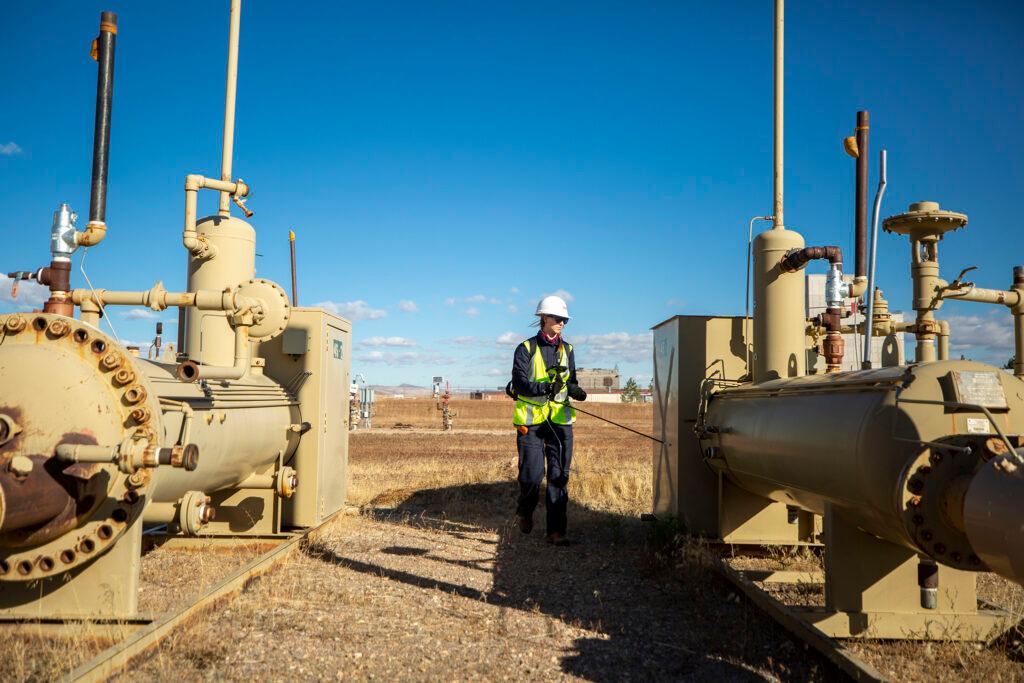
Measuring success
Zimmerle, the CSU methane detection scientist, agrees the federal regulations should leave the door open to new technologies.
When Colorado first passed its regulations, he said the go-to method to catch leaks was filming equipment with super-cooled cameras, each costing between $70,000 and $100,000.
His lab has since helped hone a range of potentially cheaper options, including drones, gas-sniffing cars, real-time monitors and long-range lasers. He expects each method could have different benefits in different settings.
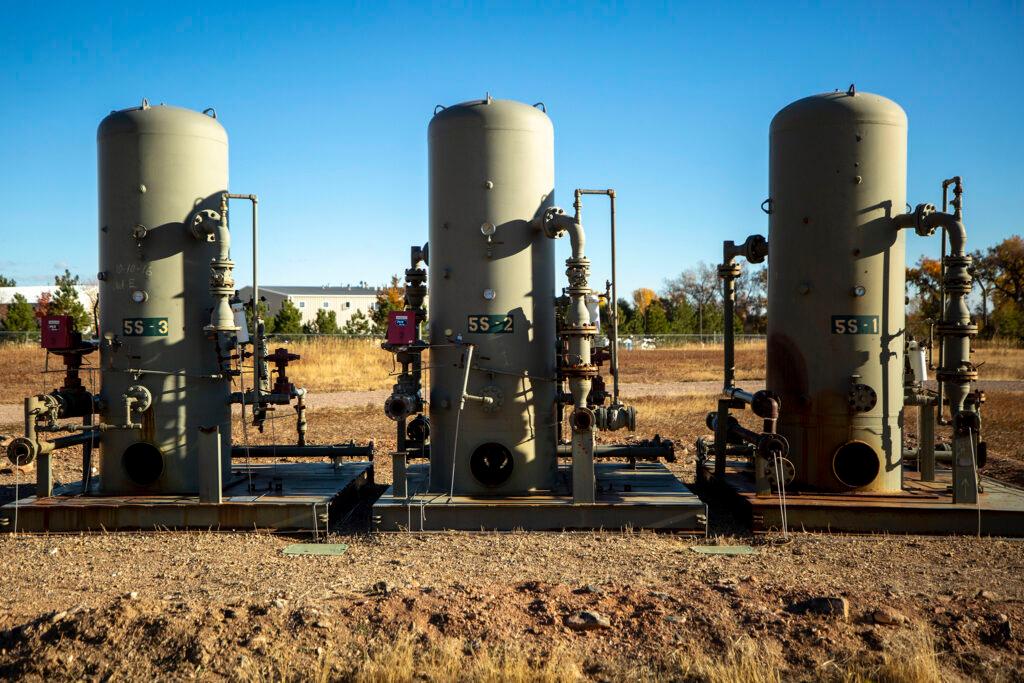
Zimmerle is more cautious about declaring Colorado’s approach a success. The state bases its current emission estimates on reports from oil and gas companies.
The combined inventory found the industry’s methane emissions climbed 9 percent between 2015 and 2019. In the same period, oil production increased more than 6 times that amount, according to federal data.
He said those numbers are encouraging, but they should be backed up with observational data. He’s now collaborating on an aerial survey to measure overall methane emissions from the Denver-Julesburg Basin and expects final results sometime next year.
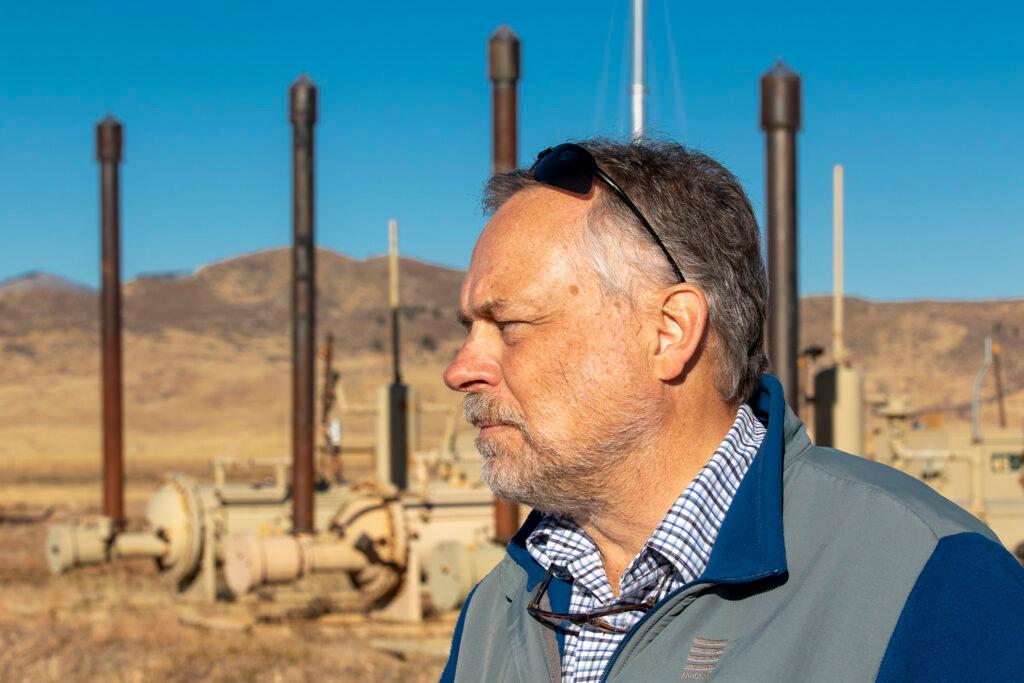
In the long term, Zimmerle said effective methane detection will require a combination of techniques working at different altitudes. Satellites or aircraft could pick up large leaks across entire oil and gas basins. Devices on the ground could then help inspect specific operations.
“The real answer, in the end, will be some hybrid,” he said. “You could use something to find large leaks fast then small leaks eventually.”
If it all works, he said companies won’t fix leaks as they happen but learn to build and operate facilities to contain methane in the first place.
